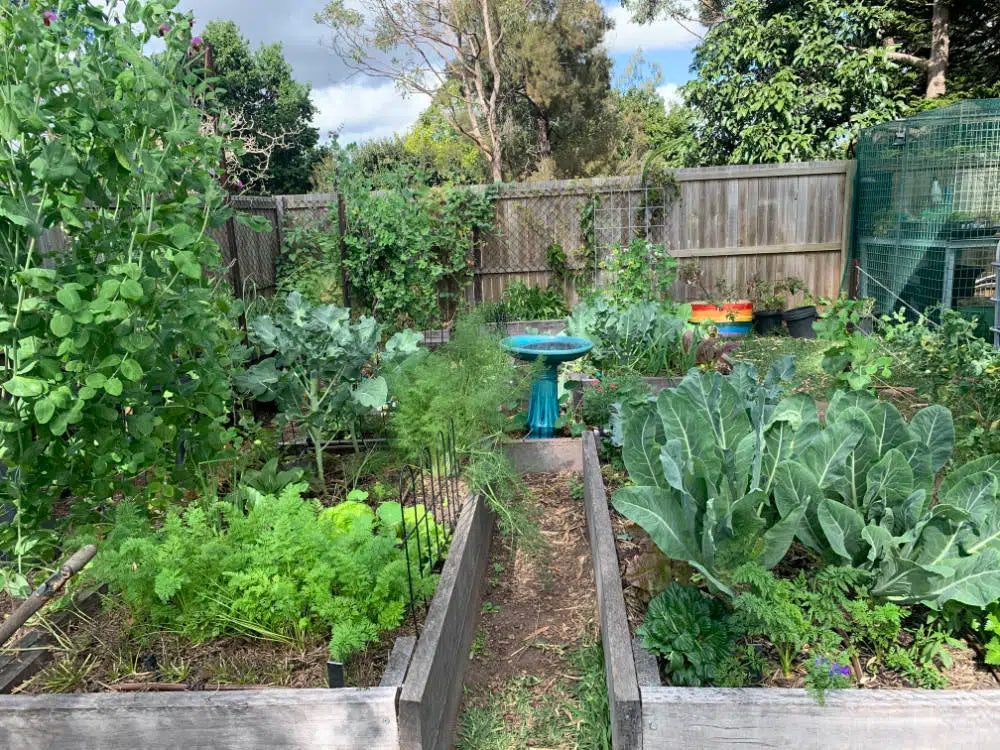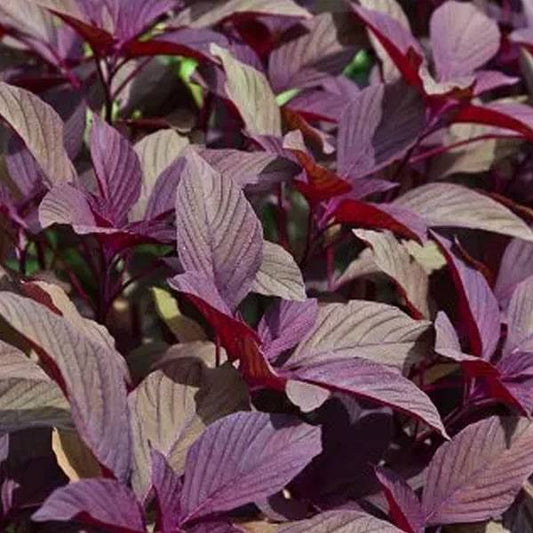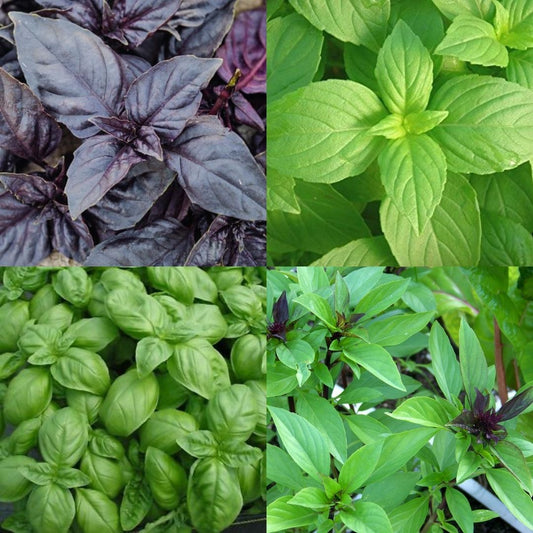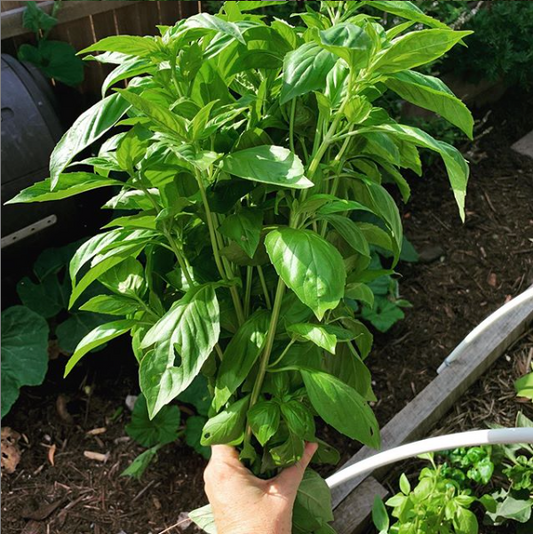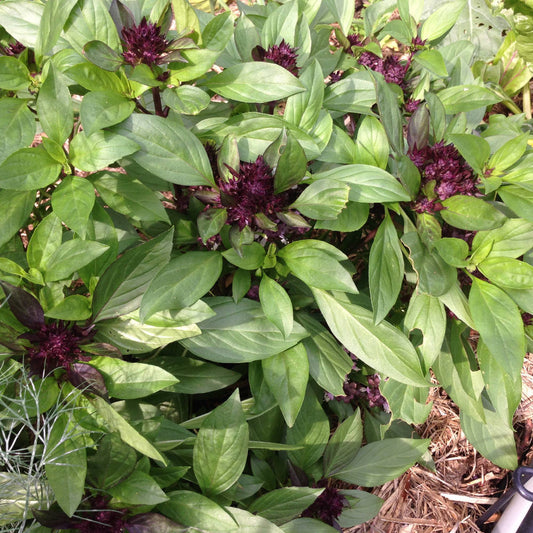We love to grow peas here over the cooler months in the subtropics, and it does have to be one of the easiest plants to grow. Whether you're a beginner or seasoned gardener, growing peas is a straightforward and rewarding experience, there’s nothing like eating peas straight from the vine. In this guide, we'll cover the essential steps and practical tips to help you cultivate a successful pea crop in your own backyard.
Understanding Pea Varieties
Peas come in various types, including snap peas, snow peas, and shelling peas. Each has its own distinct characteristics and culinary uses. Popular varieties suited to the Australian climate include Sugar Snap, Greenfeast, Snow Pea Oregon Sugar Pod or our personal favourite Giant Yukamo. Choose varieties based on your preferences and local growing conditions.
Choosing the Right Location
Peas thrive in full sun but can tolerate partial shade, especially in hotter regions of Australia. Select a well-drained location with fertile soil enriched with organic matter. Avoid areas prone to waterlogging, as excessive moisture can lead to root rot. If space is limited, consider growing peas in containers or raised beds.
Preparing the Soil
Before planting, enrich the soil with compost or aged manure to improve its fertility and structure. Peas prefer slightly acidic to neutral soil with a pH range of 6.0 to 7.0. Test the soil pH and amend it as needed to create optimal growing conditions for your peas.
Planting Peas
Plant peas from late autumn to early spring, depending on your local climate conditions. We sow our seeds in late March and succession plant additional crops right through until August. Note that if you do get frosts it will damage the flowers and prevent the pods forming. You can soak pea seeds in water for a few hours before planting to speed up germination but we’ve never bothered with that. To prevent your seed from rotting before germination make sure you only water them once and wait for them to appear. Sow seeds directly into the garden or containers, spacing them 5cm apart in rows or clusters. Plant seeds at a depth of 2cm and water gently to settle them in place.
Providing Support
Peas are climbing plants that require support to grow vertically. Install trellises, stakes, or pea netting to provide support for growing vines and prevent them from sprawling on the ground. We love a pea teepee, especially for the shorter growing varieties. You may need to train pea vines to climb the support structure as they grow. Some varieties don’t get too tall but there are some that do love to climb like Giant Yukamo and Purple Podded Peas. We love to grow the tall ones over arches.
Watering and Maintenance
Keep the soil evenly moist but not waterlogged throughout the growing season. Mulch around the base of plants to retain soil moisture, suppress weeds, and regulate soil temperature. Monitor the garden for pests and diseases, such as aphids or powdery mildew, and take appropriate action to address any issues.
Harvesting Peas
For podded peas harvest peas when the pods are plump, firm, and fully developed but still tender. Use scissors or pruners to carefully harvest the pods from the vines, taking care not to damage the plants. Regular harvesting encourages continued production and ensures a steady supply of fresh peas for your meals.
Common problems
Powdery mildew would have to be the main problem that we encounter when growing peas. Ensure your location has plenty of airflow and avoid watering overhead, a sunny spot that dries early morning dew will also assist. Aphids may sneak up on you too, but having that airflow will help keep them at bay.
Rats also love baby pea seedlings so if you’re finding the tips nipped off you might have a rodent issue.
Growing peas in Australia is a simple and rewarding endeavour that anyone can enjoy. With a bit of planning and care, you can cultivate a successful pea crop in your own backyard. So, roll up your sleeves, get your hands dirty, and start growing delicious peas for your table. With a little effort, you'll soon be enjoying the sweet taste of success straight from your garden.


